How Pop Culture Explains Baseball's Failings

Conventional wisdom has it that baseball – once America’s pastime – is now, at best, its third-favorite sport. There are a whole lot of reasons given for the sport’s decline: the game never recovered from the 1994 strike that alienated fans and ended with a cancelled World Series; the steroid era left die-hards and casual fans alike uncertain of whom they could cheer for without needing to wash their hands after; the biggest games of the year start so late that young people aren’t able to cultivate a fandom; the games are too long; the NFL puts a better product on the field; the sport is too slow for the modern age’s short attention spans.
At this point, those reasons aren’t so much used as evidence as they are recited like a mantra. Baseball is dying. Only the purists are left. All kneel before Tom Brady and LeBron James, our true gods.
But there was a time not that long ago when baseball was not only more popular than the NFL and NBA, but actually cooler than those leagues too. Don’t scoff. If you don’t believe me, I have three simple words for you: Ken Griffey Jr.

From 1993-1999, The Kid (who stole his nickname from Ted Williams and somehow didn’t seem arrogant in doing so) was the coolest athlete on the planet. His endless string of highlight-reel catches and monster home runs, his backward cap and radiant smile, and a pop-culture presence that no baseball player has matched since made him the favorite player of every kid I knew. He had his own candy bar, a video game, a role in the movie Little Big League, a litany of high-profile sponsorships, and appearances on both The Simpsons and Fresh Prince of Bel-Air.
You could argue (and I am) that baseball’s decline in popularity correlates almost entirely with Ken Griffey Jr.’s career-altering injuries. When Griffey got to Cincinnati (and even near the end of his time in Seattle), he had a hard time staying on the field, and as he lost a step, baseball lost the most marketable superstar the sport had seen this side of Babe Ruth.
At the same time, Peyton Manning and Tom Brady were ushering in the age of supercharged NFL offenses, while the NBA was about to finally shake the post-Jordan melancholy with the ascendancy of Kobe Bryant and the arrival of LeBron James. Those sports took center stage from a pop culture perspective, and baseball didn’t have anyone to offer up as competition. The diehards like me stuck around, but casual fans (who, as the NFL and NBA have shown in the last decade and a half, can quickly become diehards) had no obvious entry point to the game, especially if they didn’t have a team with which they were regionally affiliated.
And so baseball suffered. Football and basketball thrived. But if you don’t think that a pop culture presence has anything to do with a league’s popularity, that it’s really just about the quality of the product on the field, allow me to call BS.
Yes, the NBA is the “hottest” sport in the country, right now (just look at franchise values over the last decade if you don’t believe me). A wave of incredibly talented players who also happen to be highly marketable (James, Russell Westbrook, James Harden, Karl Anthony Towns, Anthony Davis, Steph Curry, Kevin Durant, Chris Paul, and Paul George have all starred in national commercials in the past year) has made the league appointment viewing.
But here’s the thing: baseball is experiencing the exact same thing from a talent perspective. Clayton Kershaw may be, statistically speaking, the greatest pitcher of all time. Bryce Harper has been one of the league’s best players for three years and he’s not even 25 yet. Then there’s the Cubs stable of young stars. Giancarlo Stanton and Aaron Judge are superhero-sized home run crushers just entering their primes. Chris Sale and Max Scherzer strike out double digit opponents every time out. All of these dudes are amazingly talented, smart, and marketable.
The only problem? Nobody (including Major League Baseball) is actually taking the time to, you know, market them at the national level. If you don’t already have a favorite team or player, it’s not like the red carpet is being rolled out for you as a fan, whereas in basketball and football (and even soccer), the points of access outside the games themselves are way easier to find.
So what gives?
For one thing, baseball relied too heavily on aging (and now retired) stars like Derek Jeter and David Ortiz the past few years. Yes, those guys were marketable, but they were also pushing 40, and since MLB has done such a bad job of creating new fans through their exciting young talent, there’s now a vacuum that’s that much harder to fill. Baseball is playing catch up, and the sport’s lack of widespread appeal means that it’s going to be tough for another Ken Griffey Jr. to transcend the sport and draw new eyeballs. Perhaps the best example of this failure is that Griffey is the cover star of this year’s version of The Show 2017, baseball’s flagship video game franchise. That’s right, a guy who’s been retired for 5 years and last made an all-star team a decade ago is the most relevant baseball player they could find.
Things aren’t great for baseball from a cultural relevance perspective, is what I’m saying. A baseball player isn’t likely to host SNL any time soon. A baseball player isn’t likely to star in a comedy alongside Bill Hader and Amy Schumer. A baseball player isn’t likely to be the coolest athlete on the planet within the next decade. As a lover of the sport, this bums me out. I know how valuable having that larger-than-life superstar can be to the game as a whole.
It’s enough to make me root for Tim Tebow’s baseball career to take off.
Oh, baseball, look what you’ve done to me.
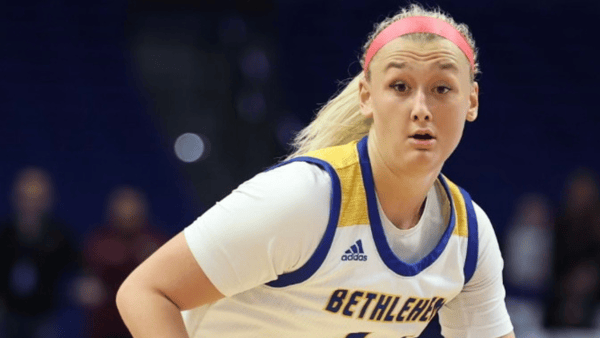
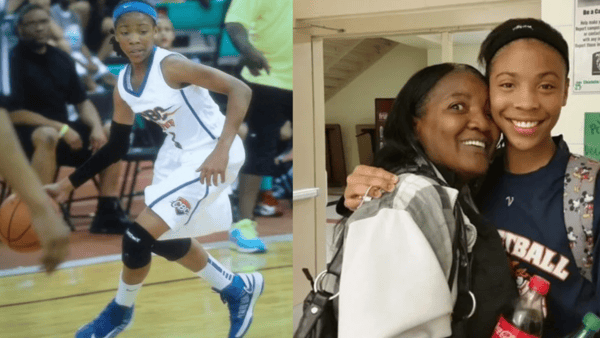
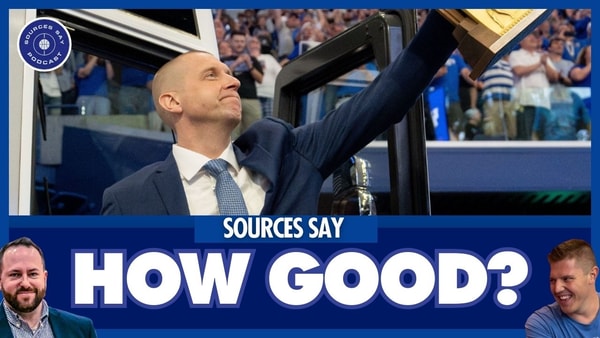
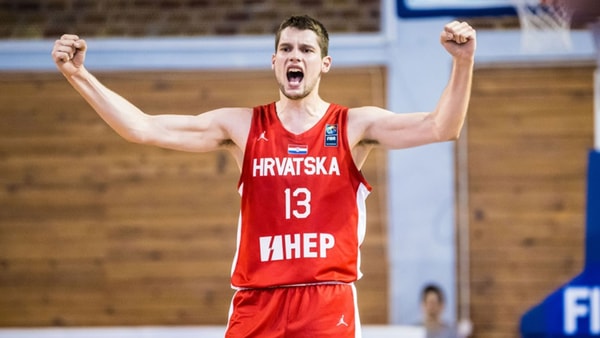
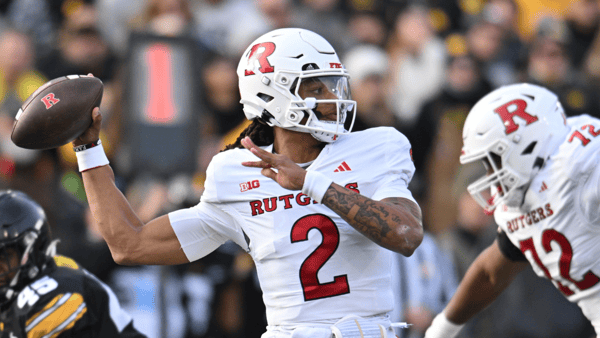
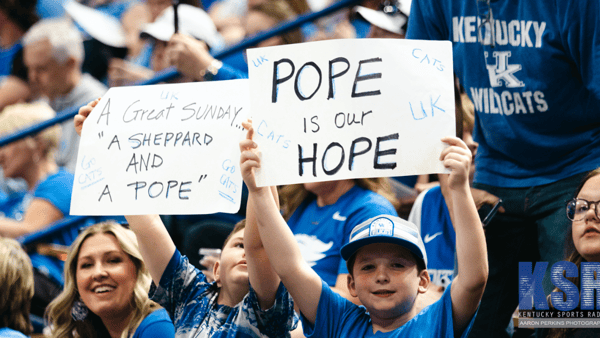
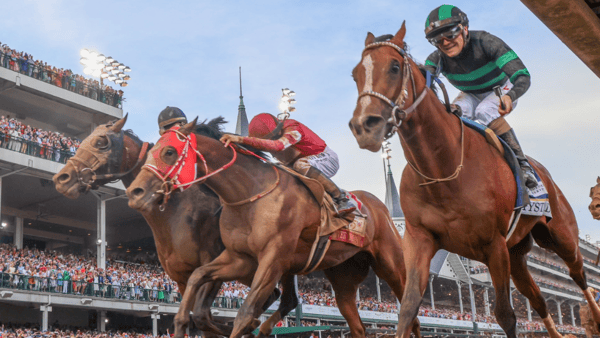
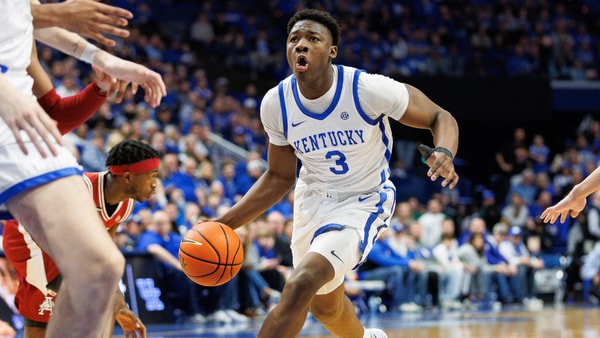
Discuss This Article
Comments have moved.
Join the conversation and talk about this article and all things Kentucky Sports in the new KSR Message Board.
KSBoard